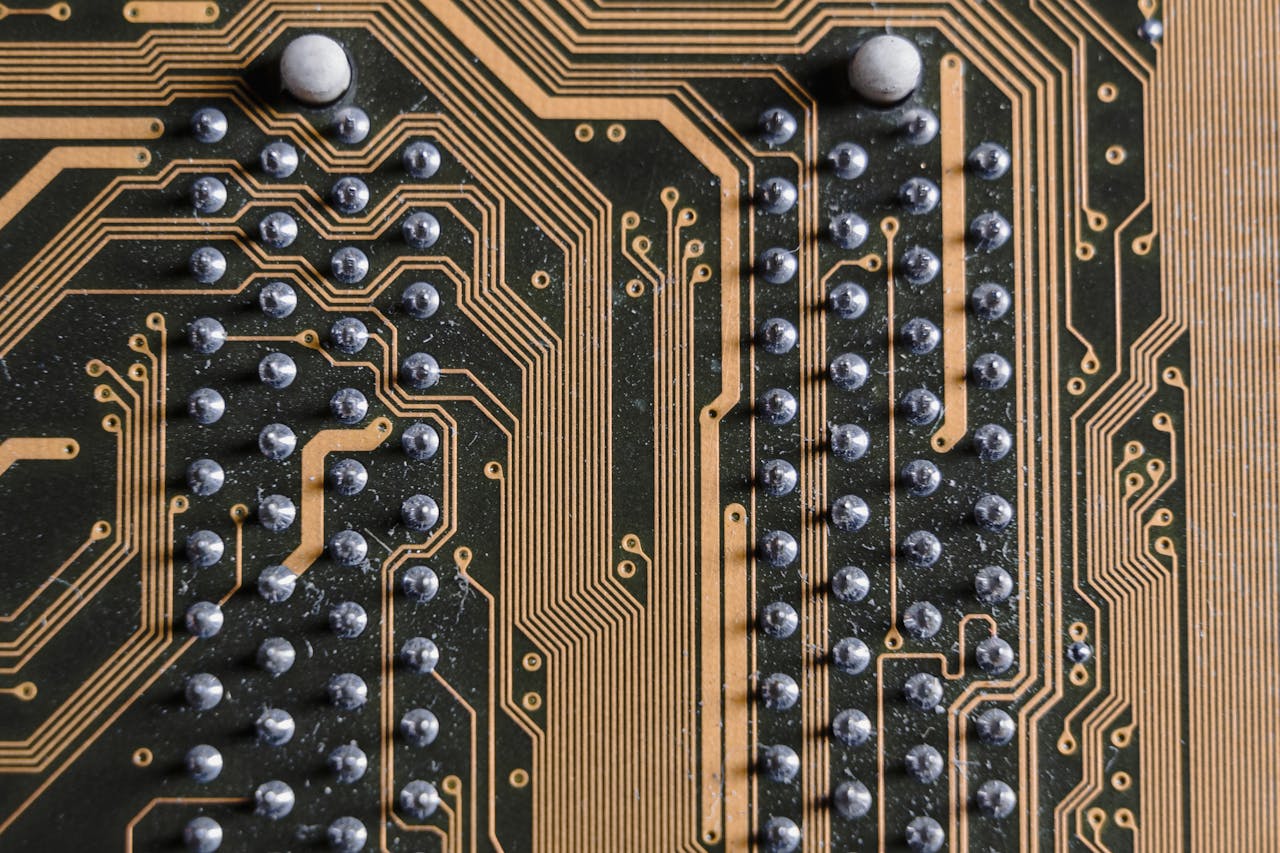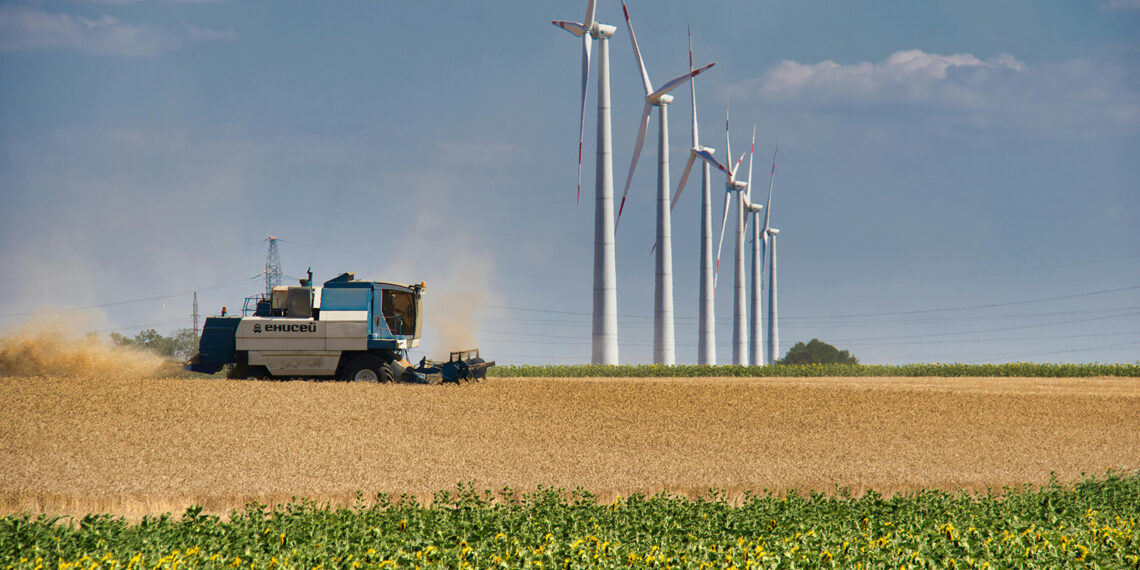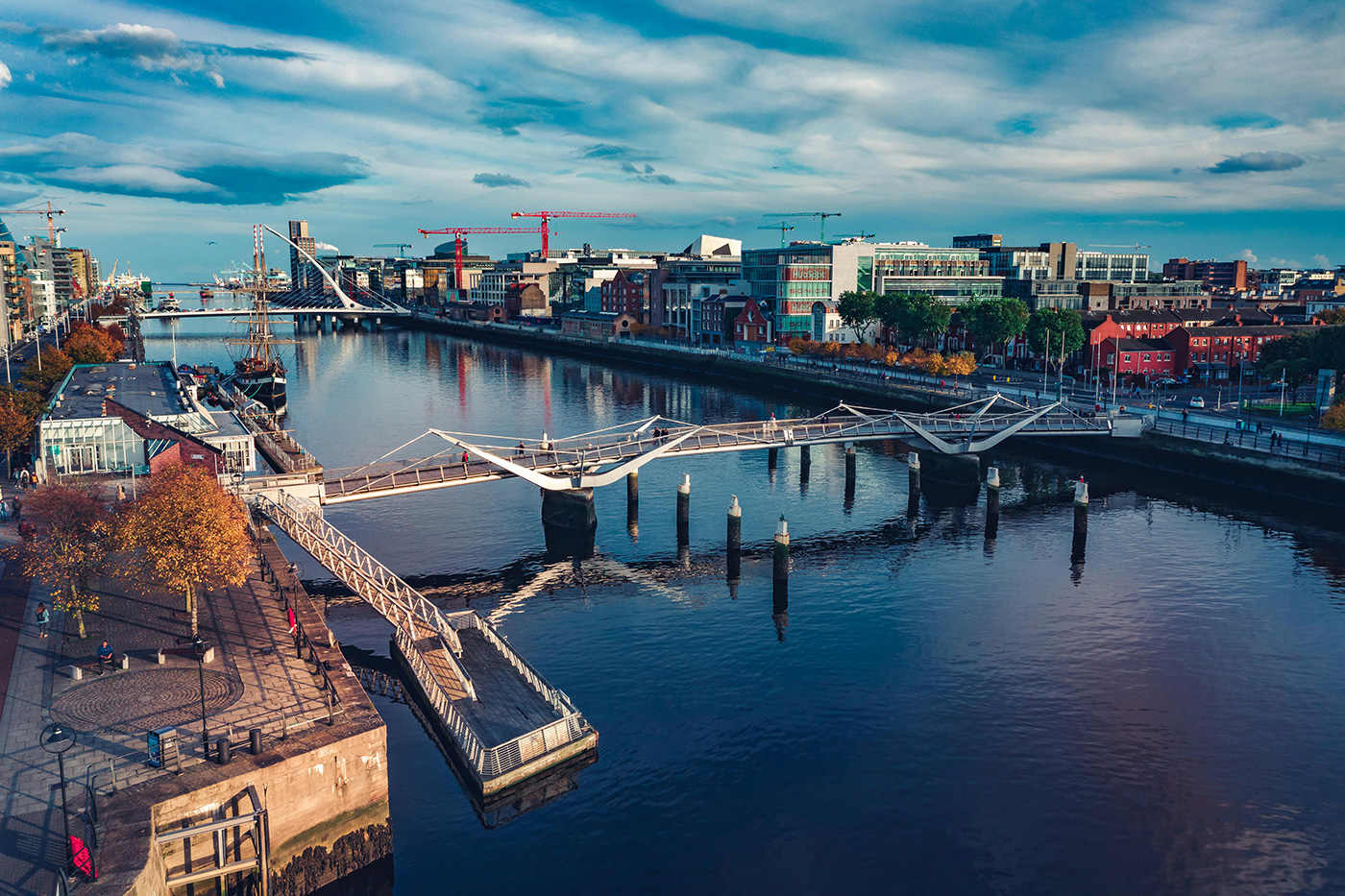As flowers burst into life over spring, it becomes tempting to brighten indoor spaces with fresh blooms. Beautiful as they are, however, ornamental flowers come from what is now a highly wasteful and resource-intensive supply chain.
Alternative industrial models could help solve the waste problem in ornamental horticulture. Across the world, startups are tapping into large sources of unwanted petals – from Hindu templates to florist shops – and putting them to work in making a huge range of biobased chemicals.
Industrial chemicals from rose petals
Flower fields and greenhouses occupy land, use synthetic farming inputs that are highly polluting, and demand huge amounts of air transport. Thirty planes full of flowers from Ethiopia and Kenya are taken by truck each week to Belgium, the Netherlands, the UK and Germany, using onboard refrigeration.
Yet the industry also supports livelihoods around the world. Cut flowers contribute around 1% of Kenya’s GDP, for example, and constitute one of the country’s largest sources of employment.
Making the ornamental flower industry more sustainable could cut its environmental impacts while retaining its economic value. Luckily, flowers are not just decorative beauties – they also contain a vast spectrum of biochemicals that can be used in many industries if extracted at cost.
Rose petals are a good example of the chemical usefulness of flowers. Scientists have found roses could become a raw material for making biocompatiable, biodegradable chemical plasticisers – additives that make a product softer, more flexible, less brittle at cold temperatures, and make them more processable.
Some 30 000 chemicals can potentially be utilized as plasticisers which end up in anything from flexible PVC films (such as rolls of vinyl flooring or tiles) to wires and cables or even footwear.
Using flower waste for new purposes can create mutual dependencies between the chemical and horticultural industries that make both more sustainable simultaneously.
Plasticiser materials play a big role in increasing the final carbon footprint of the product. Because of how common they are, plasticisers are one of the chemicals that the industry will have to decarbonise to make their processes more sustainable. Biobased options, such as from roses, can help.
Feeding flower cast-offs into chemical manufacturing can make horticulture automatically more sustainable because it makes the biomass it produces go further, making a circular loop out of what was a linear process of cultivation, transport, and waste disposal.
Whatever the environmental impacts of fertilizer, water use, and energy required to grow the blooms in the first place, these impacts are spread out over a bigger range of products with a longer life cycle than a floral display that lasts only a few days.
Dredging flowers from the Ganges
Flower waste startups focused on consumer goods are beginning to cluster in India, a major hotspot for this type of waste. Petals are central to certain forms of Hindu worship and since the flowers used in ceremonies are considered sacred, they cannot be disposed of like other waste.
The sight of immense flower piles floating in the Ganges spurred Ankit Agarwal to action in 2015. The Ganges is a highly polluted river, posing a serious health problem for worshippers that bathe in and drink from the holy water each day. Agarwal wanted to solve the flower problem as the ‘lowest hanging’ fruit of the Ganges pollutants.
Now, his startup Phool collects truckloads of discarded ritual flowers from rivers and temples every morning, to be sorted, dried, powdered, and turned into incense.
Flower leather
Phool then began experimenting with the flower waste, combining it with microorganisms capable of drawing on the biomass to grow into fibers.
The material that they ended up achieving was very close to leather, which the company has now prototyped into walters, bags, and footwear that luxury brands are now interested in incorporating into their products.
The range of products that Phool is squeezing out of floral waste is quite impressive. They have now branched into organic fertilizers.
Phool has been steadily attracting funding and investors over the last several years, with the latest funding round from the Department of Science and technology.
Ritual incense burning is a cultural fixture in India and most households do it. Phool has deftly managed to find an untapped waste pool for a large market embedded in religious tradition, a niche that won’t be going away any time soon.
A solid market for home and ritual fragrance, combined with the large source of waste feedstock on offer, has meant flower upcycling has become a veritable industry in India, with similar companies like HolyWaste and Aaruhi Enterprise collecting ritual petals and turning them into incense and soaps.
Textiles from flower waste
As Phool has discovered, textiles are one of the most promising end uses for waste flowers. Lots of eco-designers are excited about the possibilities of this organic waste material in making everything from handbags to loafers. One of the things that makes flower petals an ideal raw material for textile designers is that they contain both key ingredients needed in a product: the fiber and the coloring.
Chanawan (Kao) Danpan and Irene Purasachit are two designers that have experimented with the stuff, producing a leather-like material called Flaux that is 100% bio based, recyclable and compostable.
In Flaux, no oil is used, a unique selling point when textiles for clothes and accessories are often full of petrochemical materials, whether in nylon fibers, waterproof coating, or synthetic dyes. Flower materials like Flaux show it is possible to create functional, wearable textiles without relying on oil derivatives.
Natural dye
The most entracing element of flowers is their colors, bright enough to attract pollinator species and the human eye alike. Different colors in flower petals are associated with different chemicals and the main grouping that contributes to floral hues are xanthophyll, carotenoids, and phenolic compounds.
Again, India is an incubator for flower waste dye startups. MATR is extracting dyes from temple flower waste to dye Khadis, a traditional piece of Indian cotton wear that is in high demand from foreign tourists to India.
Over in Malaysia, TwoFrens uses pigments from flowers and food waste to color accessories and clothes. The company sources petals from their local florists.
A Western company valorising floral waste for dye is Spraxell, founded by Dr Benjamin Droguet and Professor Silvia Vignolini. These scientists developed ways to produce vibrant colorants based purely on plant materials that are natural, biodegradable, and eliminate the toxic wastestreams from synthetic dyes.
Petal paper
Paper made from floral waste could make the floristry industry more circular and self-sufficient. Florists get through a lot of wrapper material and using their own organic waste for the purpose would be a simple yet powerful waste management tool.
Arena Flowers, a UK florist, claims to be the first florist in the world to have implemented this system, processing their own flower cut-offs into wrapping.
Dutch wholesale florist RooBoos piloted a similar scheme in March 2024, producing paper out of the waste and clippings of ornamental flowers. The floral waste is collected from the florist customers of Roobos, upcycled by Groot Packaging into a water resistant bouquet wrapper.
A nutrient bonanza
Some chemicals found in flowers are not just for industry. They can also make us healthier. These parts of the plant hold high concentrations of polyphenols, a star ingredient for nutritionists.
Polyphenols produce antioxidant, anti-inflammatory, and anti-diabetic effects in the body. The likely mechanism is that they ‘feed’ microbes found in the human gut that are known to metabolize vital biochemicals for our bodies and generally keep us healthy.
There are many types of polyphenols, which are classified in terms of their chemical structure. Different kinds are found in different flowers.
Scientists working on the narcea rose cultivated for the perfume industry in northern Spain noted that the waste from the perfumery hydrodistillation process, an extraction technique, was full of quercetin, kaempferol, which are antibacterial and antiviral compounds that could be incorporated into human or animal food, and gallix and ellagic acids.
While ornamental flowers can contain pesticides and other chemicals, a suitable wastestream could be the flowers discarded from plants that are used in cooking. Scientists have found raspberry flower petals are a good source of flavan-3-ol derivatives that could have uses as a multi-functional food supplement. This group of polyphenols includes catechins and epigallocatechin gallate (EGCG), the main polyphenol contained in green tea.
For many diet-conscious consumers, getting a pre-pared shot of polyphenols can appeal more than grazing on phenolic-rich ingredients. Extracting and concentrating these materials from waste materials is still something that has not yet been achieved at a commercial scale. There is still room on the market for sustainable nutraceutical companies to tap the flower waste feedstock pool.
Waste flowers give one example of how our throwaway economy discards tonnes of material a year that could be put to greater use. Circulating the chemicals, nutrients, pigments, and dyes back could help displace demand for harmful synthetics and make both the flower and chemical industries more sustainable.




